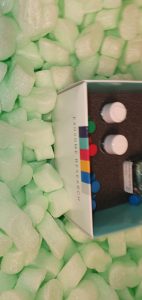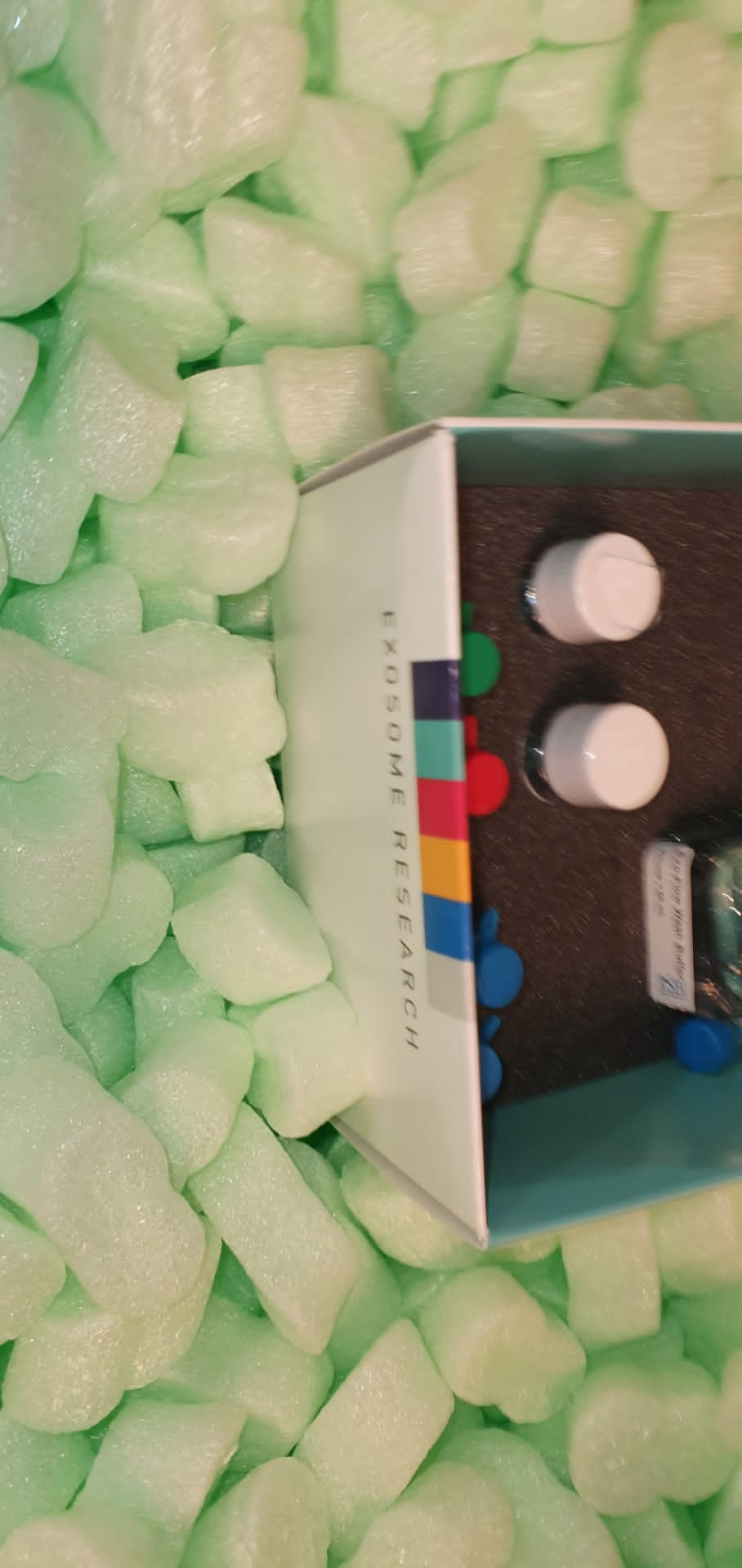Several firms have centered their consideration on the event of applied sciences capable of enrich/isolate the wheat aleuronic layer as a result of it’s a supply of bioactive compounds. In this work two completely different wheat bran fractions enriched in aleurone (AF1, 55-70% aleurone and AF2, 75-90% aleurone) had been obtained by a dry fractionation primarily based on air classification. Free and bound phenolic compounds, and alkylresorcinols had been decided in the 2 fractions by HPLC-DAD-ESI-TOF-MS and GC-MS, respectively. To our information, feruloyl di-hexoside was described for the primary time in wheat aleurone and flavonoids had been quantified for the primary time in this fraction. The outcomes have proven that essentially the most concentrated free phenolic compounds had been flavonoids, and AF1 was the fraction that introduced the very best flavonoid content material; whereas trans ferulic acid was essentially the most plentiful bound phenolic acid, which highest content material was obtained in AF2.
Besides, whole content material of ferulic acid monomers in AF2 was 33.63% greater than in AF1, whereas whole content material of ferulic acid dimers/trimers in AF1 was 33.9% greater than in AF2. The highest content material of alkylresorcinols was obtained in AF1 and it was 10.30% greater than the obtained in AF2. Therefore, it may be said that this inexperienced know-how could possibly be used to provide enriched aleurone fractions as supply of phenolic and alkylresorcinol compounds. These fractions could possibly be of nice curiosity for the formulation of enriched meals.Current consciousness about the advantages of a balanced food regimen helps ongoing developments in people in direction of a more healthy food regimen. This evaluation supplies an outline of fruits and fruit-by merchandise as sources of bioactive compounds and their extraction methods, and the use of lactic acid fermentation of fruit juices to extend their performance.
Fruit matrices emerge as a technological different to be fermented by autochthonous or allochthonous lactic acid micro organism (LAB similar to Lactiplantibacillus plantarum, Lacticaseibacillus rhamnosus, and different Lactobacillus species), and additionally as probiotic automobiles. During fermentation, microbial enzymes act on a number of fruit phytochemicals producing new derived compounds with affect on the aroma and the performance of the fermented drinks. Moreover, fermentation considerably reduces the sugar content material bettering their dietary worth and extending the shelf-life of fruit-based drinks.
Biopolymers and nanostructured supplies to develop pectinases-based immobilized nano-biocatalytic techniques for biotechnological functions
Pectinases are the rising enzymes of the biotechnology business with a 25% share in the worldwide meals and beverage enzyme market. These are inexperienced and eco-friendly instruments of nature and maintain a outstanding place among the many commercially produced enzymes. Pectinases exhibit functions in varied industrial bioprocesses, similar to clarification of fruit juices and wine, degumming, and retting of plant fibers, extraction of antioxidants and oil, fermentation of tea/espresso, wastewater remediation, modification of pectin-laden agro-industrial waste supplies for high-value merchandise biosynthesis, manufacture of cellulose fibres, scouring, bleaching, and measurement discount of material, cellulosic biomass pretreatment for bioethanol manufacturing, and so forth. Nevertheless, like different enzymes, pectinases additionally face the challenges of low operational stability, recoverability, and recyclability.
To tackle the above-mentioned issues, enzyme immobilization has grow to be an eminently promising strategy to enhance their thermal stability and catalytic traits. Immobilization facilitates simple restoration and recycling of the biocatalysts a number of instances, resulting in enhanced efficiency and business feasibility.In this evaluation, we illustrate current developments on the immobilization of pectinolytic enzymes utilizing polymers and nanostructured materials-based provider helps to represent novel biocatalytic techniques for industrial exploitability.
The first part reviewed the immobilization of pectinases on polymers-based helps (ca-alginate, chitosan, agar-agar, hybrid polymers) as a number matrix to assemble strong pectinases-based biocatalytic techniques. The second half covers nanostructured helps (nano-silica, magnetic nanostructures, hybrid nanoflowers, dual-responsive polymeric nanocarriers, montmorillonite clay), and cross-linked enzyme aggregates for enzyme immobilization. The biotechnological functions of the resulted immobilized strong pectinases-based biocatalytic techniques are additionally meticulously vetted. Finally, the concluding remarks and future suggestions are additionally given.

Untargeted metabolomic examine milk and ruminal fluid of Holstein cows supplemented with Perilla frutescens leaf
Milk compounds are vital for human nutrient necessities and well being. The ruminal metabolic profile is liable for dietary diet and determines milk manufacturing. Perilla frutescens leaf (PFL) is a generally used medicinal herb resulting from its bioactive metabolites. This examine elucidated the results of PFL on the metabolome of two biofluids (rumen fluid and milk) of 14 cows fed a primary whole blended ration food regimen (CON, n = 7) and supplemented with 300 g/d PFL per cow (PFL, n = 7) by ultra-performance liquid chromatography coupled to quadrupole time-of-flight mass spectrometry. Milk PE-NMe and DG, oleanolic acid, and nucleotides had been upregulated, and milk medium-chain fatty acids (2-hydroxycaprylic acid) had been down-regulated in response to PFL. The supplementation of PFL elevated the abundance of pyrimidine nucleotides each in rumen fluid and milk.
[Linking template=”default” type=”products” search=”Recombinant Phyllomedusa hypochondrialis Bioactive peptide 1″ header=”2″ limit=”132″ start=”4″ showCatalogNumber=”true” showSize=”true” showSupplier=”true” showPrice=”true” showDescription=”true” showAdditionalInformation=”true” showImage=”true” showSchemaMarkup=”true” imageWidth=”” imageHeight=””]
The pathways of pyrimidine metabolism and biosynthesis of unsaturated fatty acids had been enriched each in the rumen fluid and milk. We additionally discovered the milk 2-hydroxycaprylic acid was positively correlated with ruminal uridine 5-monophosphate, and was negatively correlated with ruminal deoxycytidine, and the milk thymidine was positively correlated with ruminal icosenoic acid. This examine discovered that the supplementation of PFL may alter the ruminal metabolic profiles and milk synthesis via regulation of the pathways of pyrimidine metabolism and biosynthesis of unsaturated fatty acids. Our new findings present complete insights into the metabolomics profile of rumen fluid and milk, supporting the potential manufacturing of Perilla frutescens milk in dairy cows.

